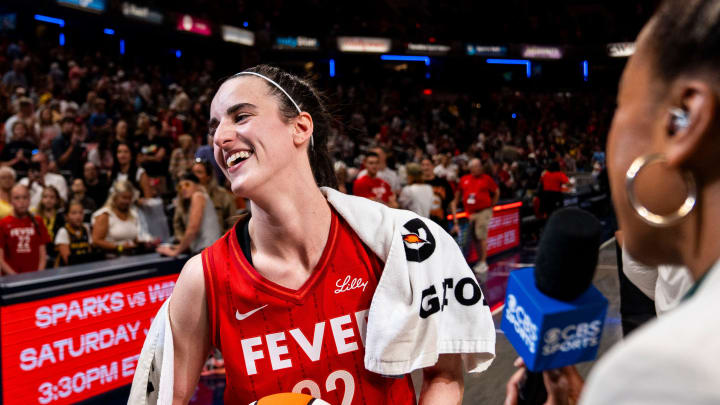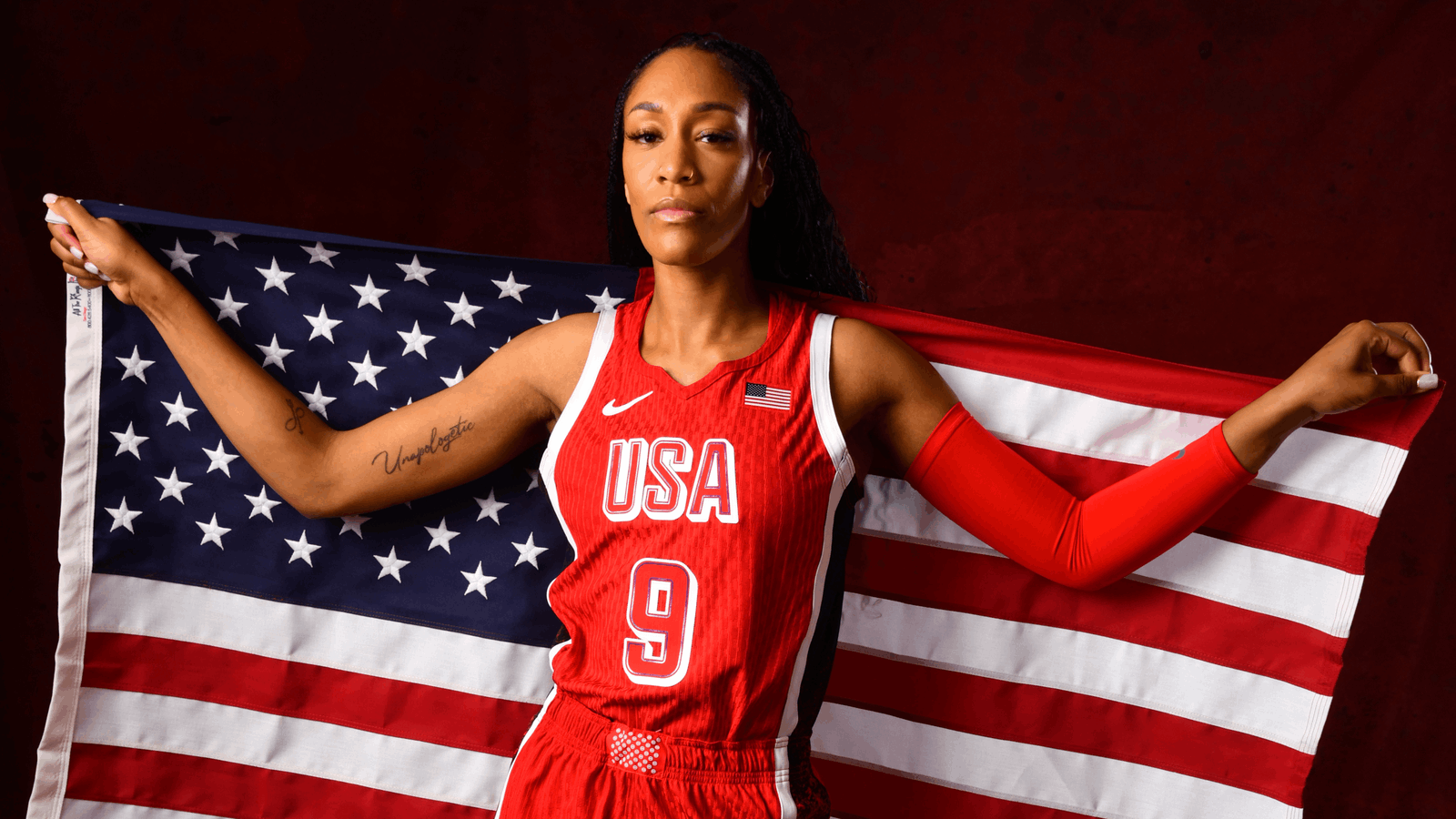The world of sports merchandise often reflects more than just the success of athletes on the court. It also captures the intricate interplay of branding, storytelling, and consumer demand. This is strikingly evident when comparing the recent success of Caitlyn Clark’s basketball collection to that of A’ja Wilson’s offerings.
Caitlyn Clark, a standout player in the WNBA, has not only captured the spotlight with her on-court performances but has also redefined sports merchandising with her Limitless collection. This collection has become a phenomenon, reflecting Clark’s remarkable journey and achievements in basketball. Each basketball in the collection features unique designs that celebrate her signature three-pointer celebration, record-breaking feats, and personal milestones. One of the standout features is a basketball adorned with a handwritten message from Clark’s school days, symbolizing her dreams of earning a basketball scholarship and playing in the WNBA.

The Limitless collection was initially priced at $999.50 for a set of four models, including the EV NXT, the 3951 game basketball, the WNBA Ascent basketball, and the Repetition basketball, which was sold separately for $24.95. The collection sold out within hours of its launch, creating an unprecedented buying frenzy. The intense demand has posed challenges for Wilson Sporting Goods, which has struggled to keep up with restocking these coveted items. The company is set to restock the collection in August, with fans already preparing to snatch them up as soon as they hit the shelves again.
In stark contrast, A’ja Wilson, another star player in the WNBA, also has a basketball line under Wilson Sporting Goods, but it hasn’t achieved the same explosive success. Wilson’s basketball, though notable, lacks the personal touches and unique design elements that characterize Clark’s collection. While Wilson’s basketball is available and sells steadily, it hasn’t sparked the same level of excitement or urgency. The marketing strategy behind Wilson’s basketball is broader and doesn’t create the same sense of exclusivity as Clark’s collection.
This difference in market performance can be attributed to several factors. Clark’s collection is released in limited quantities, creating a sense of urgency and exclusivity that drives demand. Each design in Clark’s collection tells a part of her personal story, making the basketballs more than just sports equipment-they become collectible items imbued with significance. On the other hand, Wilson’s basketball features her name and logo but lacks the same level of personalization and storytelling.

Despite these differences, it is important to note that A’ja Wilson remains a highly influential figure in basketball. Her achievements on the court are substantial, and her basketball line continues to be a solid part of Wilson Sporting Goods’ lineup. The key takeaway here is that the success of Clark’s collection highlights the growing importance of personal branding and storytelling in sports marketing.
Caitlyn Clark’s rapid rise and the phenomenal success of her basketball collection underscore the power of a well-crafted brand. Her ability to connect with fans through personal stories and unique designs has set a new standard for athlete collaborations with major brands. This shift in sports merchandising reflects a broader trend where athletes’ personal narratives and unique appeal play a significant role in driving consumer enthusiasm.
A’ja Wilson’s steady presence in the market and her solid basketball line are indicative of her enduring impact and contributions to the sport. While her collection may not have achieved the same immediate sellout phenomenon as Clark’s, it remains a testament to her achievements and influence. The contrast between the two collections highlights the evolving landscape of sports marketing and the increasing importance of creating a compelling personal brand.
In conclusion, the tale of Caitlyn Clark and A’ja Wilson illustrates the dynamic nature of sports merchandising, where personal stories and branding strategies play crucial roles in shaping market success. Clark’s collection has redefined the expectations for athlete collaborations, while Wilson’s steady presence underscores the importance of continued influence and performance. As fans and consumers, we are witnessing a fascinating shift in how sports merchandise is perceived and valued, driven by the stories and personalities behind the products.





